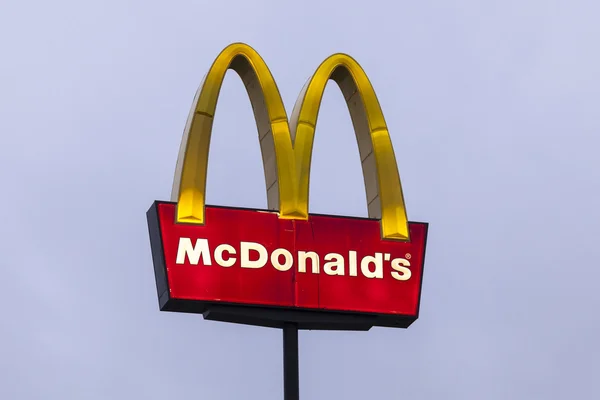McDonald’s Battles Sales Slump with New Strategies and Global Expansion Plans

McDonald’s has reported mixed financial results for the latest quarter, with U.S. same-store sales falling for the second consecutive time. The 3.6% decline marks the largest drop in its domestic market since the second quarter of 2020, when the COVID-19 pandemic forced widespread lockdowns. This downturn has been attributed to a combination of unfavorable weather conditions and increased consumer caution.
CEO Chris Kempczinski highlighted a notable decrease in customer traffic across key income brackets. Quick-service restaurant visits by low-income consumers dropped by nearly double digits compared to the previous year, and traffic from middle-income customers has now followed suit. These trends point to growing economic pressure affecting a broader swath of the population, with McDonald’s being particularly vulnerable due to its large base of budget-conscious diners.
Across all regions, McDonald’s experienced a 1% decline in same-store sales, impacted by calendar quirks such as the absence of leap day. Shares of the company dropped about 1.5% in morning trading following the announcement. While high-income consumers continue to dine out, executives acknowledged that their spending hasn't compensated for losses in other groups.
Financially, the company reported adjusted earnings per share of $2.67—slightly beating analyst expectations. However, revenue came in lower than anticipated at $5.96 billion, compared to the $6.09 billion forecast. Net income fell to $1.87 billion, or $2.60 per share, down from $1.93 billion and $2.66 per share in the same period last year. Overall net sales slipped 3%, signaling a tough start to the year.
In response, McDonald’s has doubled down on value offerings and attention-grabbing menu items to reignite customer interest. The return of snack wraps and the introduction of McCrispy Chicken Strips have already shown promise—performing well even before official advertising. A recent tie-in promotion with Minecraft also saw collectibles sell out in just two weeks, suggesting the brand’s marketing efforts are resonating.
Internationally, same-store sales dropped 1% in the company’s major overseas markets, including Australia and France—regions that collectively generate about half of its total revenue. Analysts had predicted a flat performance, but like the U.S., international markets have been impacted by economic uncertainty and a dip in consumer sentiment.
Despite these challenges, McDonald’s remains optimistic about the year ahead. The company reaffirmed its full-year guidance and plans to open 2,200 new restaurants globally. With a capital expenditure budget of $3 billion to $3.2 billion, McDonald’s expects that net new restaurant openings will contribute to a systemwide sales increase of just over 2%.
What's Your Reaction?
















:format(webp)/cdn.vox-cdn.com/uploads/chorus_image/image/70136881/1347078605.0.jpg)





